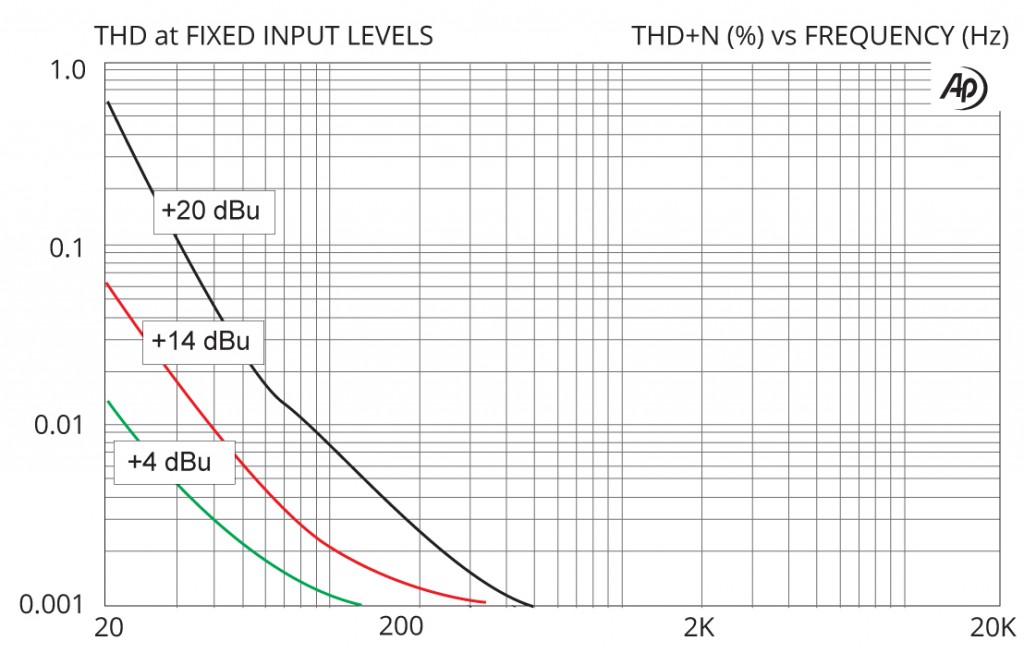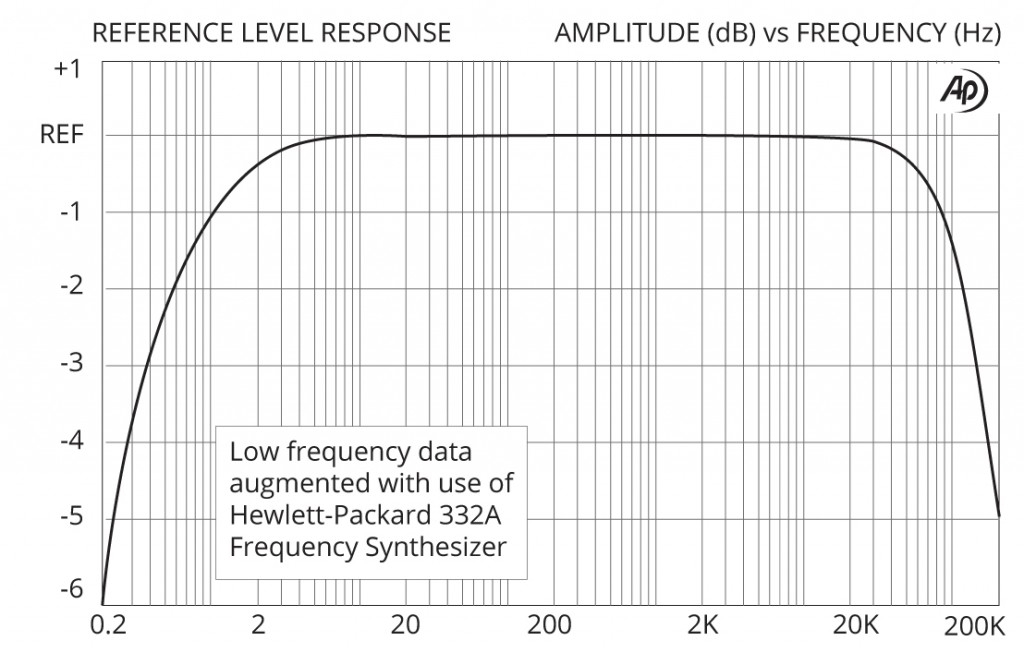Well yes, stay the heck away for hifi for sure. It will suck big time.
Not necessarily so for professionals that use these as small and easy 'problem solvers' in the case of sound reinforcement. They could be life savers there in
some circumstances.
Of course, any professional might use better performing DI boxes but at some moments but these 'devices' could come in handy. For those moments they are probably 'fine enough'.
These guys/gals should hear it quickly enough if it 'works' or at least find out if the hum (or other issue) may stem from galvanic separation so they can go solve it with better quality isolators if needed they do not happen to have in their pocket.
For hifi usage they are even less than 'poor' and could have their own category such as 'piss poor' or something.
Fully agreed on the poor description and lack of info and specs. I am sure people will buy this for hifi as they only look for keywords such as XLR RCA and 'transformer' etc.
They will buy something based on that. It isn't even stereo you will need 2 of them.
So for that purpose this review is great and a good 'warning' not to buy this and maybe the mfr can even learn from this and improve the info on it (wishful thinking

)
Not defending the product, just trying to create awareness where devices like this
could be used for, and are aimed at. It is not very clear from the supplied data for sure.
When viewed from an audio consumer standpoint this device is utterly useless, simply because it was not designed for application therein.
Not all devices intended for professional usage can be used for hifi music reproduction and vice versa.
Many unsuspecting folks on twitter/fora etc still believe that when something is intended for professional usage it
thus must be more than suited for hifi. Nothing could be further from the truth
in some cases and in other cases they could very well be right.
Creating awareness (by measurements,reviews or other means) is gold.






